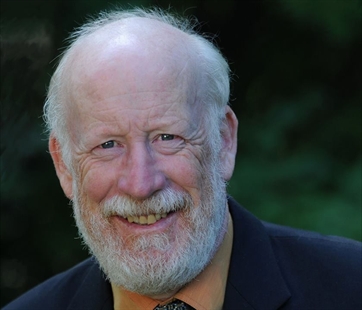
Image Credit: Contributed
September 16, 2016 - 12:00 PM
OPINION
Editor,
I recently held two town hall meetings, in Penticton and Castlegar, on the subject of electoral reform. This subject has risen to the surface of Canadian conversations since last fall’s federal election, when three of the main parties shared one important and clear promise—that this would be the last federal election held under the first-past-the-post system. The result? More than 60 per cent of Canadians voted for those parties — the Liberals, NDP and Greens — and by extension, that electoral reform platform.
The old first-past-the-post system — developed centuries ago in England under a two-party situation—is familiar and straightforward. The candidate with the most votes in each riding is the winner and represents that riding in Ottawa. The party with the most members forms government. Simple. However, this system has some serious flaws that can create deep dissatisfaction.
Some MPs are elected with less than 30 percent of the vote — hardly a resounding mandate to represent a riding — and parties are often given a majority government and 100 per cent of federal powers with much less than 50 per cent of the popular vote.
In the past two elections, we elected majority governments led by parties with only 39% of the popular vote. While some may feel that having all-powerful governments is a good thing for efficient decision-making, when you’re one of the 60 per cent of people who voted for someone else you may beg to differ. A growing number of people feel that it is time to bring some sort of proportional representation to Ottawa, so that the number of MPs a party has reflects the popular support they have across the country.
The Liberal government created a special committee to study electoral reform in June. Thanks to a motion from the NDP, that committee is unlike almost every other House of Commons committee — instead of having a majority of Liberal members, its makeup is roughly proportional to the popular vote each party received in the last election, so that any decision will require the support of at least two parties.
The Electoral Reform committee has agreed on five principles to guide its study:
-
Effectiveness and legitimacy: any new system should increase public confidence and reduce past distortion of representation
-
Engagement: It should encourage participation in the electoral process
-
Accessibility and inclusiveness: it should be easily understood and accessible to all Canadians
-
Integrity: It should instil confidence that the results cannot be tampered with
-
Local representation: it should maintain the present system of MPs representing a geographical riding
The committee has heard witnesses from around the world in its meetings over the summer. Most of the countries in the world use some form of proportional representation, but some of those systems lack the local representation that we want in Canada. The NDP is suggesting that a combination of the two main types of systems—a type of mixed-member proportional system—would provide a new electoral framework that would work well in our large and diverse country.
I welcome your thoughts on this very important subject — please email me at Richard.Cannings@parl.gc.ca.
We welcome your comments and opinions on our stories but play nice. We won't censor or delete comments unless they contain off-topic statements or links, unnecessary vulgarity, false facts, spam or obviously fake profiles. If you have any concerns about what you see in comments, email the editor at news@infonews.ca.
News from © iNFOnews, 2016